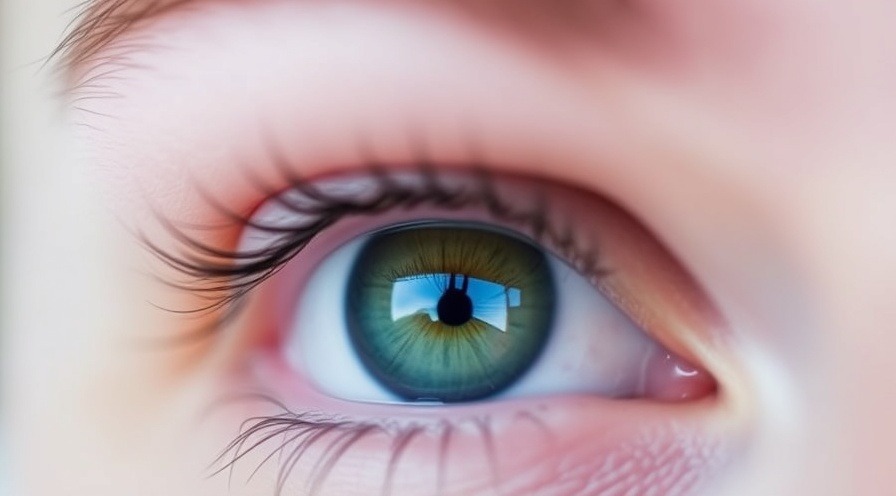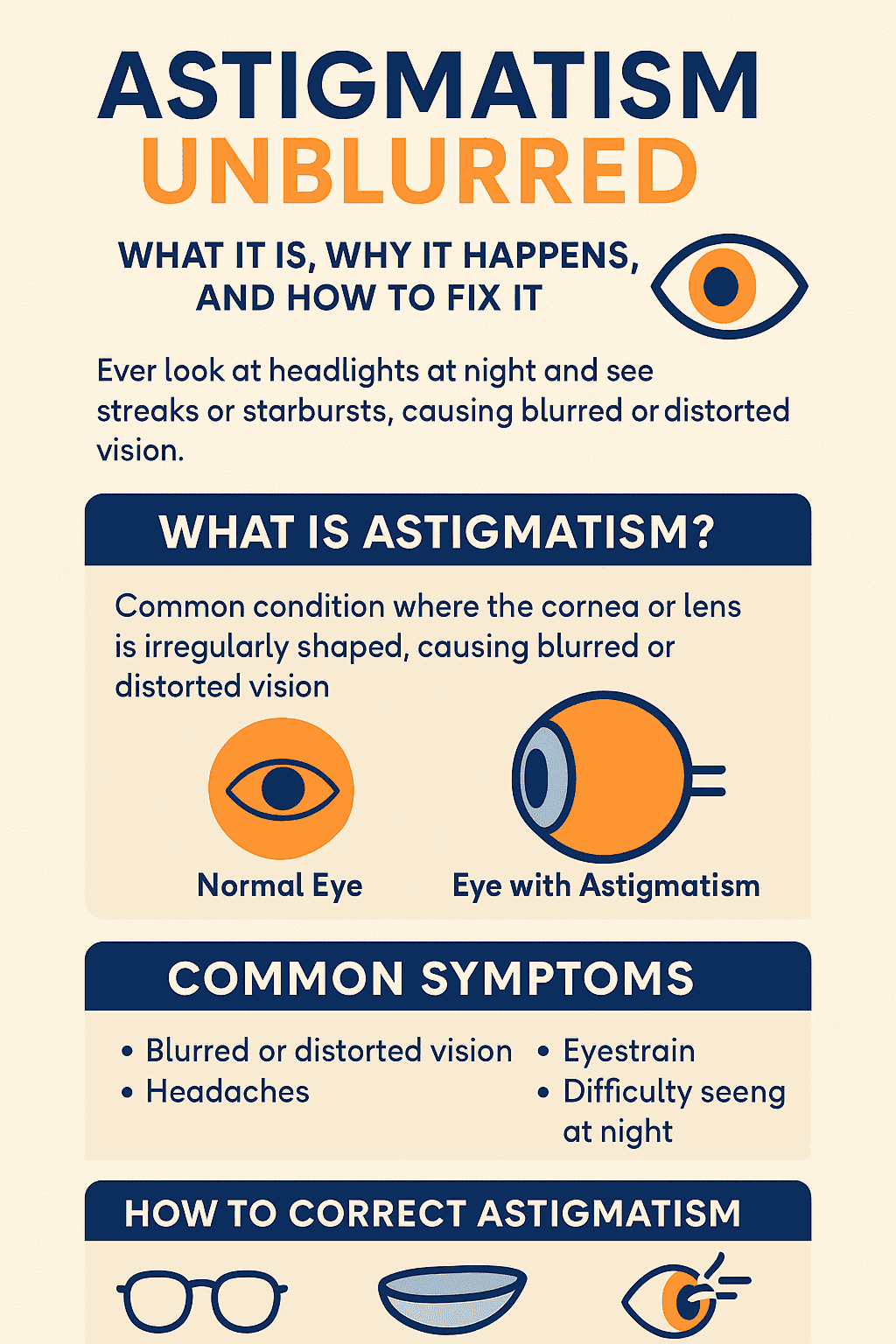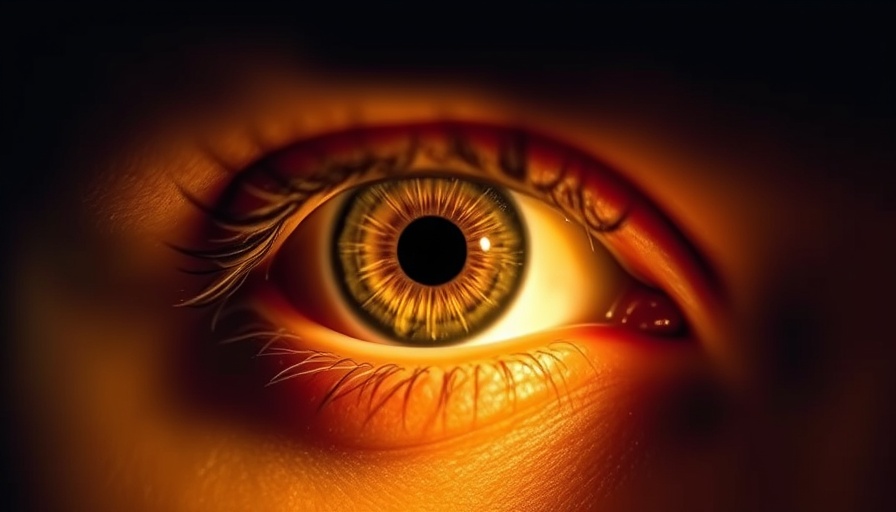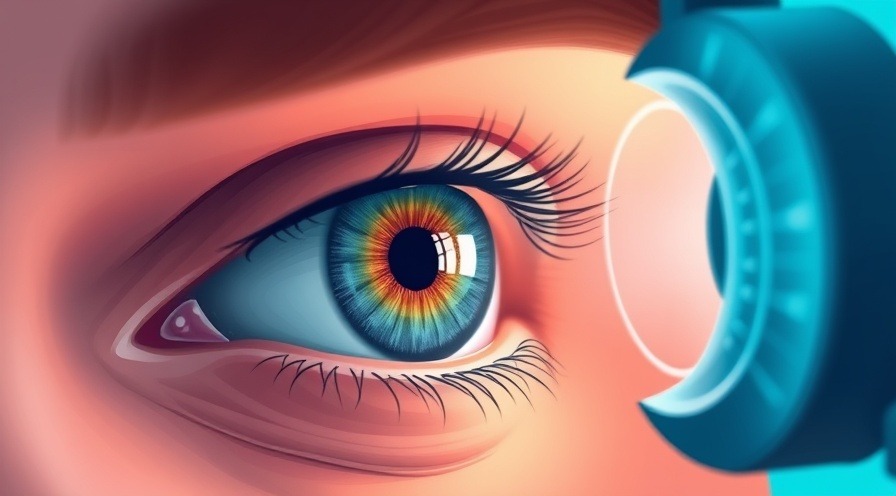
Astigmatism Unblurred: What It Is, Why It Happens, and How to Fix It
Because life’s too short to see the world like a smudged selfie.
Ever look at headlights at night and think they’re auditioning for a role in a sci-fi movie—stretched, starburst-y, and definitely not normal? If so, you might be dealing with astigmatism. And you’re not alone—millions of people have it, often without knowing what the heck it really means.
Let’s clear it up (pun totally intended):
Astigmatism is a common eye condition where your cornea or lens isn't perfectly round, causing blurred or distorted vision at all distances. Think of it like this: instead of your eye being shaped like a basketball, it’s shaped more like a football. And yep, that warps how light enters your eye—making things appear fuzzier than a '90s camcorder.
What Is Astigmatism, Exactly?
Astigmatism is a refractive error—just like nearsightedness (myopia) or farsightedness (hyperopia). It occurs when the cornea (front surface of the eye) or the lens inside the eye is curved more steeply in one direction than the other.
👁️ Everyday Example:
Imagine trying to project a movie onto a smooth, flat screen. Now swap that screen for a bumpy, oval-shaped one. The result? Warped images. That’s how your eye sees the world with astigmatism.
Common Symptoms of Astigmatism
Blurred or distorted vision at all distances
Eyestrain or discomfort
Headaches
Squinting to see clearly
Difficulty seeing at night (hello, wonky headlights!)
If you're nodding along to this list, it might be time to book an eye exam.
What Causes Astigmatism?
Astigmatism can be:
Present at birth (congenital)
Develop over time due to injury, disease, or eye surgery
Linked with keratoconus, a condition where the cornea thins and bulges
Pro Insight:
“Most astigmatism is hereditary,” says Dr. Gary Heiting, an optometrist and senior editor at All About Vision. “You can’t prevent it, but you can correct it easily with glasses, contacts, or surgery.” 1

How Is Astigmatism Diagnosed?
Your eye doctor can detect astigmatism during a comprehensive eye exam using tools like:
Phoropter – that spaceship-looking machine you stare into
Keratometer – measures corneal curvature
Corneal topography – maps the shape of your eye's surface
The test is quick, painless, and might even feel like you’re getting fitted for space goggles.
Can Astigmatism Be Corrected?
Absolutely. Depending on the severity and your lifestyle, options include:
🕶️ Glasses
Special lenses that adjust for the uneven curvature.
👁️ Toric Contact Lenses
Custom-made to match the shape of your eye. These don't spin around like regular lenses, which is kind of important when you’re trying to see clearly.
🔍 Orthokeratology (Ortho-K)
A fancy way of saying: wear rigid lenses overnight to temporarily reshape your cornea. Great if you’re lens-averse during the day.
⚡ Laser Surgery (LASIK/PRK)
Reshapes your cornea permanently. Dr. Elise Kramer, OD, explains,
“LASIK can effectively correct most types of astigmatism, provided the patient is a good candidate.” 2
Living with Astigmatism: Real-World Tips
Avoid dim lighting—your eyes already work overtime with astigmatism.
Take screen breaks (the 20-20-20 rule: every 20 mins, look at something 20 feet away for 20 seconds).
Keep up with annual eye exams—even if you feel fine.
Astigmatism vs. Other Eye Conditions
Condition |
Blurred Vision? |
Causes |
Fixes |
|---|---|---|---|
Astigmatism |
✅ |
Curved cornea/lens |
Glasses, contacts, LASIK |
Myopia |
✅ (up close only) |
Long eyeball shape |
Glasses, contacts |
Hyperopia |
✅ (far away only) |
Short eyeball shape |
Glasses, contacts |
TL;DR – Let’s Bring It Into Focus
Astigmatism isn’t an eye apocalypse—it’s a super common condition with easy fixes. Glasses, contacts, or LASIK can have you seeing clearly in no time. Left unchecked, though? It can lead to squint-induced crow’s feet and lots of “Wait, what does that sign say?”
So if the world looks like it’s been run through a Snapchat blur filter—go get those peepers checked.

FAQ: Your Astigmatism Questions Answered
❓Can astigmatism get worse?
Yes, especially with age or certain conditions like keratoconus. Regular checkups keep it in check.
❓Is astigmatism considered a disability?
Not usually. But in severe cases, it can affect activities like driving or reading, especially without correction.
❓Can kids have astigmatism?
Yes! And often it goes undiagnosed. That’s why early eye exams are crucial—even if they’re too young to spell "optometrist."
❓Is surgery safe for correcting astigmatism?
When done by a qualified surgeon, LASIK and PRK are both safe and effective for many people. Just don’t bargain shop your eyeballs, OK?
Conclusion
If your world looks like a Monet painting but you didn’t sign up for an art exhibit—you might have astigmatism. Thankfully, it’s nothing scary, and modern eye care has more solutions than your phone has filters.
👉 Book that eye exam. Your future self—who sees street signs before they’re in your rearview—will thank you.
Other Sources
Heiting, G. (2023). All About Vision – Astigmatism
American Refractive Surgery Council. (2024). Can LASIK Treat Astigmatism?
 Add Row
Add Row  Add
Add 




Write A Comment